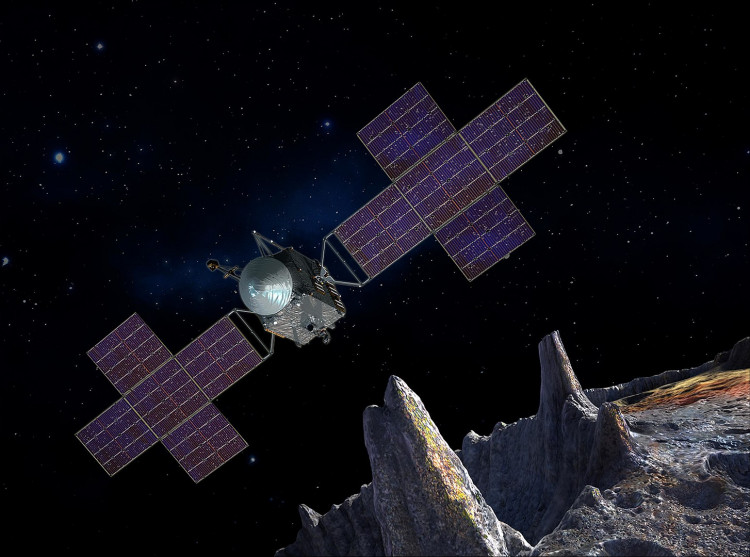New collision simulations of Psyche, the biggest asteroid in the Main Belt, suggest that it is likely porous and metallic in composition. This new finding is important to NASA's forthcoming asteroid mission in 2022 called Psyche: Journey to a Metal World.
This mission is the first in the world -- getting up and close with a metal asteroid. And to ensure the success of this mission, the scientific community needs to collect knowledge about Psyche before launch.
Psyche is one unique body. Researchers have a reason to believe that the asteroid is the remnant of the planetary core, which according to scientists did not have time to form. Scientists can learn a lot about planetary formation by researching Psyche.
By simulating Psyche's impact structures, we will understand more metal bodies in space, including the differences in crater processes on large metal objects and on rocky and icy bodies.
The research team has created the first 3D models of the formation of the largest impact crater found on Psyche. In the 2D and 3D models, researchers were able to showcase an oblique collision angle at which an approaching object would hit the asteroid's surface. The result is a deform that's very predictable and specific to the collision angle.
Compared to other common asteroid materials like silicates, metals deform differently upon impact. And this deformity is similar to the one seen on Psyche.
The results of the research corroborate assessments on the composition of Psyche based on observational measuring techniques. A material that has sparked particular interest is the one called Monel.
Monel is an alloy based on ore from Sudbury Crater, an impact structure found in Canada. The ore is thought to have originated from the impactor that formed the crater, which means the ore itself is likely to have extraterrestrial origins. The modeling successes using the alloy show that Psyche's material composition behaves the same as under shock conditions to extraterrestrial metals.
The team has made an animated video showing a likely impact scenario that resulted in Psyche's biggest crater. The simulation demonstrates how some of the material had been ejected into space after impact and shows the stage of crater modification.
"It's incredible what we can accomplish with the laboratory's resources," said Wendy K. Caldwell, Los Alamos National Laboratory Chick Keller Postdoctoral Fellow and lead author on a paper published recently in the journal Icarus. "Our supercomputers are some of the most powerful in the world, and for large problems like asteroid impacts, we really rely on our numerical modeling tools to supplement observational data."



